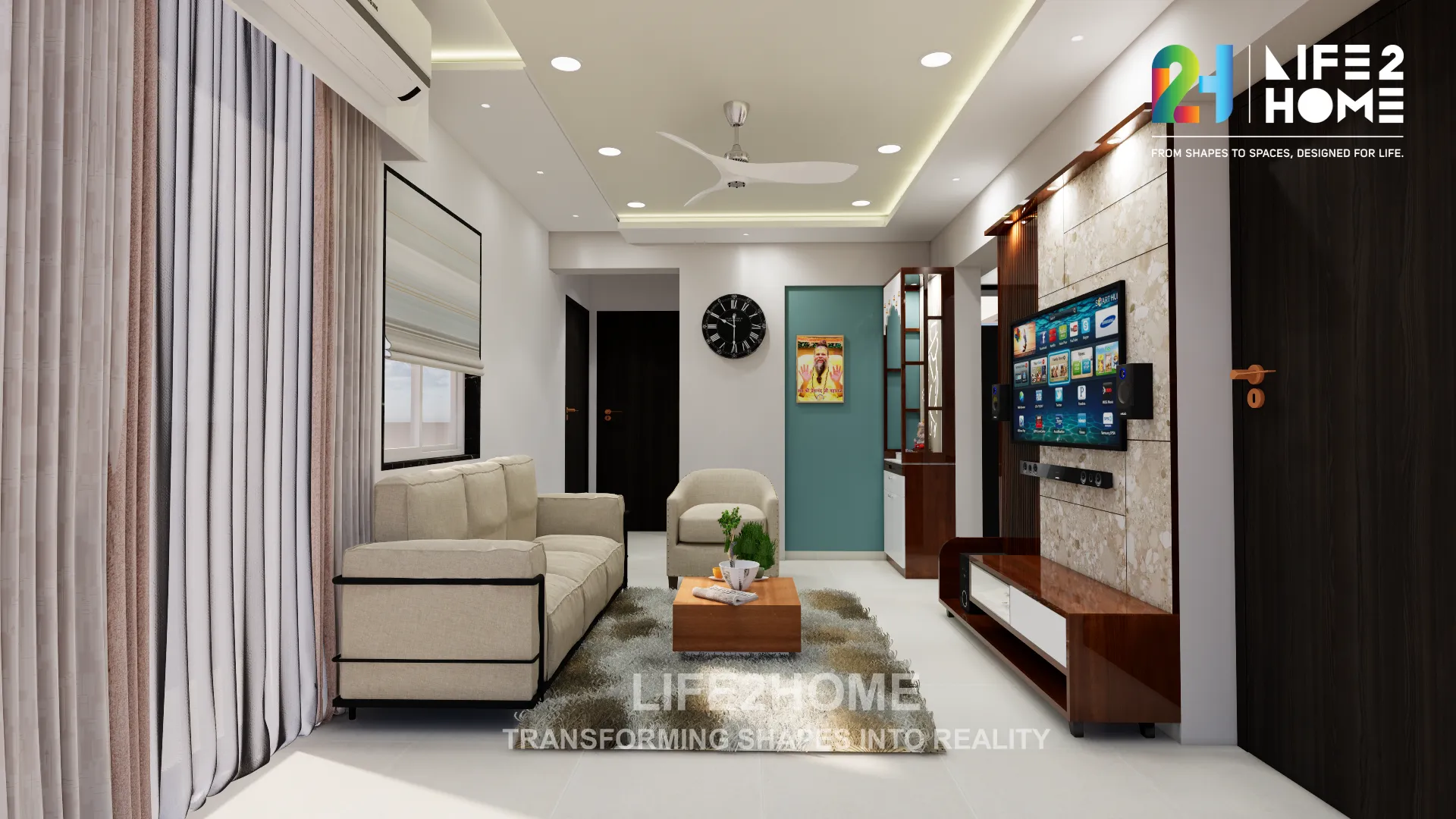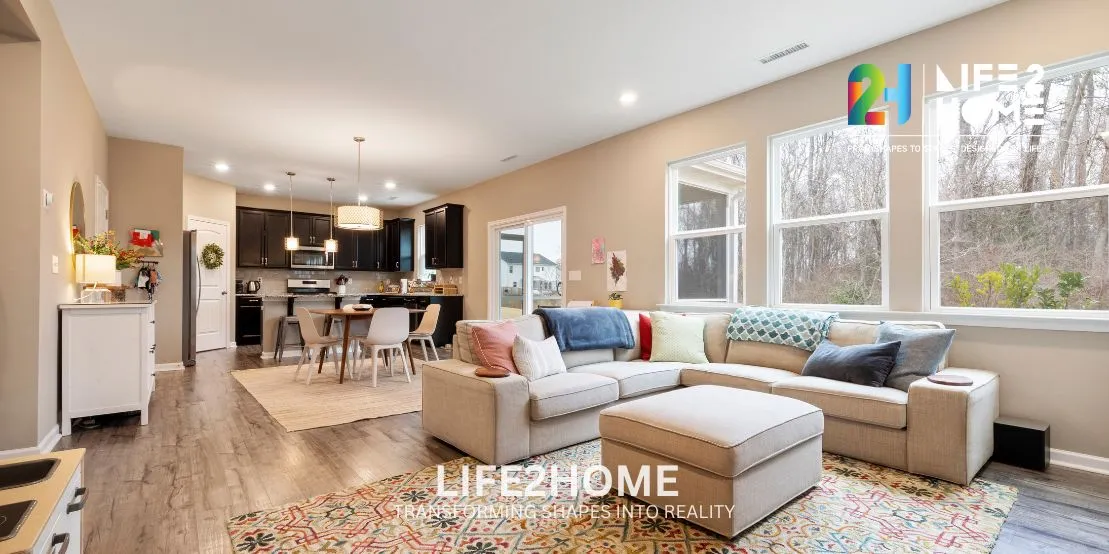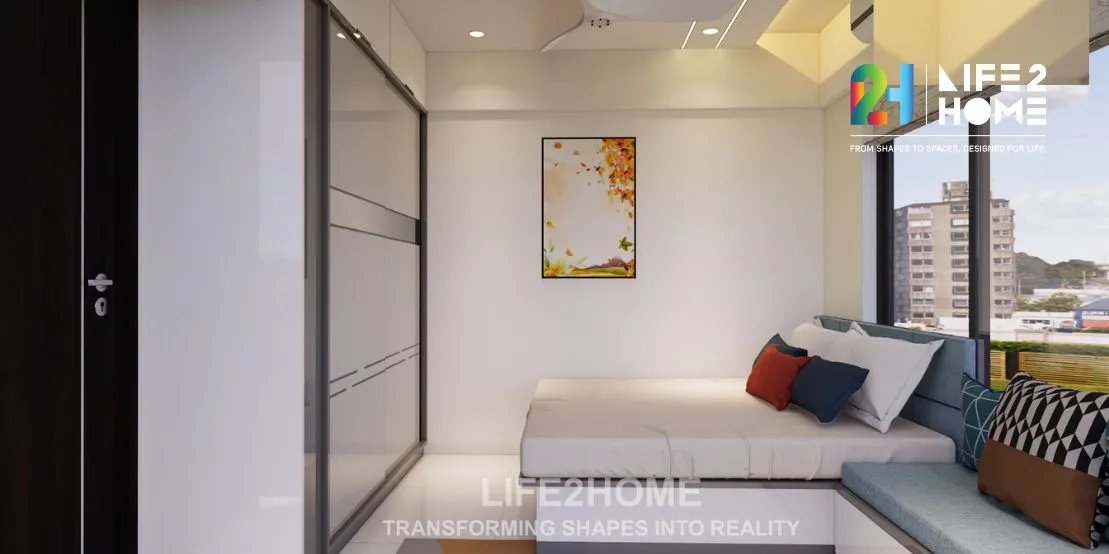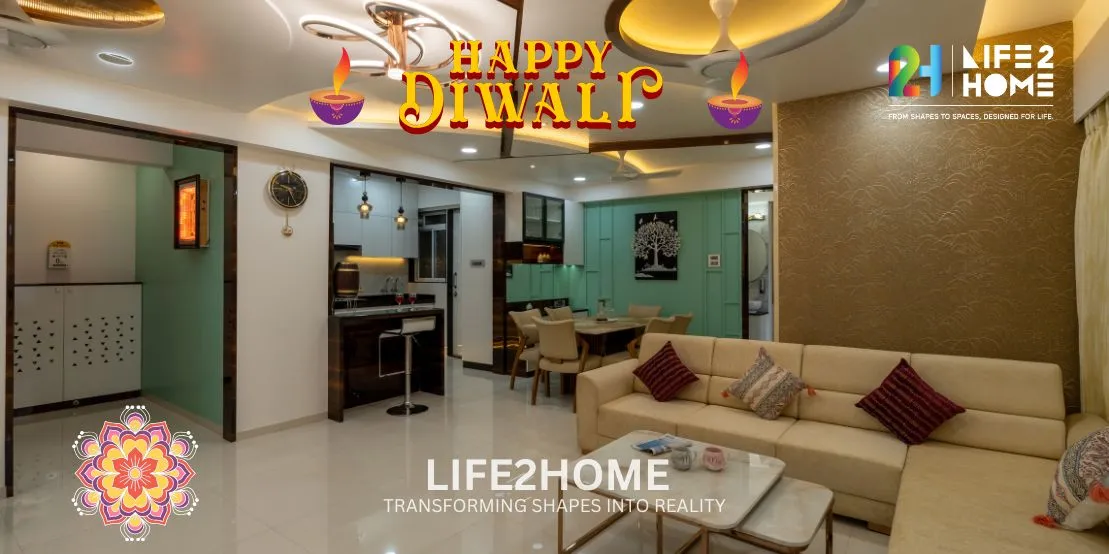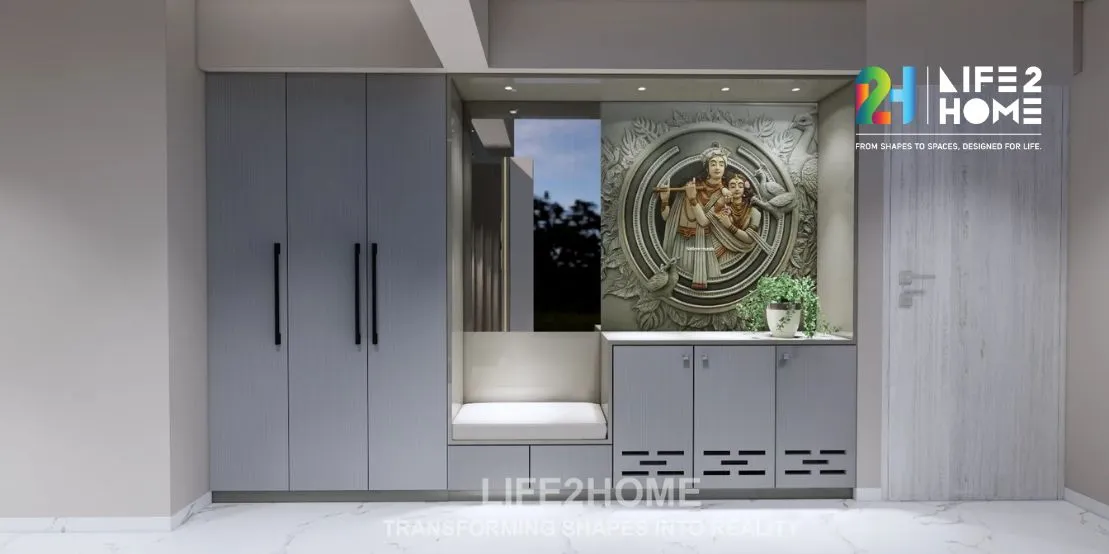Get To know Your Design Needs: The Backbone of Exceptional Spaces
Choosing an interior design service is more than choosing something to look at—it’s about creating a living space which is a reflection of who you are as an individual, a couple or a family, and also about who you want to be. Every room has a story to tell, and the right design service is your storyteller, making your vision a living, breathing experience.
Consider your unique requirements carefully. Whether you are wanting a room remodel or a complete home refresh. Do you have specific functional desires, such as incorporating a home office, designing child-friendly areas or adding space for multigenerational living? Understanding these details will help you sort through the choice of the best home interior design service that fits you perfectly.
Assessing Professional Credentials: More Than Meets the Eye
Only credentials stand behind interior design professionals. Don’t be affected by glossy portfolios; scratch beneath the surface of the designer’s track record. An exceptional design service will prove to have the following characteristics:
- Formal training attended on design-based institutions
- Certifications from recognized professional design organizations
- Never-ending, responsive to new design trends
- A rich variety of work styles along with security and cre8ive problem-solving opportunities
Don’t just accept surface-level claims. Insist on detailed portfolios, check on academic qualifications and obtain testimonials from former clients. The best design services boast of their credentials and are proud to feature their career.
Technology and Innovation: The Edge of Fashion Design Today
Today, great interior design services make use of state-of-the-art technology, to ensure that clients are able to get a behind the scenes look at their projects. Look for services that offer:
- Advanced 3D visualization tools
- Virtual room planning capabilities
- Augmented reality previews
- Digital collaboration platforms
- Sustainable design simulation technologies
With these tech features, you can:
- Visualize design concepts before implementation
- Make informed decisions
- Reduce potential costly mistakes
Understand spatial dynamics more comprehensively
The way a design service embraces technology is a sign of dedication to both new ideas and to the happiness of the client.
The Design Files: Wise Investing On Financial Transparency
Cost is such an important factor to consider when selecting interior design services. The right service should offer:
- Clear, itemized pricing structures
- Several forms of engagement (hourly, project, percentage)
- Transparent cost breakdowns
- Flexible payment options
- Value engineering approaches
Know that good design is an investment. Cheap services could save money in the short term, but could result in more expenses with long-term corrections and dissatisfaction. Seek services that provide:
- Realistic budget estimations
- Cost-effective material recommendations
- Long-term value considerations
- Potential return on design investment
Co-operative Design Approach Service And Relationship, Not Service Alone
The top interior design services appreciate it’s a journey to the collaborative process. They should:
- Listen actively to your vision
- Probe yourself with lifestyle-related questions
- Provide options that are creative but also grounded in what you want.
- Maintain open, consistent communication
- Provide regular progress updates
A great design service is a good creative partner, not just a provider of service. They should push back on your ideas in a constructive way, give an interesting perspective, and, ultimately, help you imagine the potential of a space beyond your initial vision.
Sustainable & Ethical Design: It’s Not Just Aesthetics
Modern interior design services need to focus on:
- Environmentally friendly material selections
- Energy-efficient design strategies
- Minimal waste approach
- Local and sustainable sourcing
- Long-term environmental considerations
Inquire with prospective design services about their environmentally friendly approaches. The most point of services incorporate ecological consciousness into their design philosophy, making spaces that are beautiful, functional, and sustainable.
Cultural Sensitivity and Personalization
Great design transcends trends. Regular design service knows while:
- Every space is unique
- Design should reflect personal narratives
- Cultural context matters
- Utility is no less important than aesthetics
- Spaces evolve with inhabitants’ lives
Seek out designers who invest time in getting to know your personal narrative, cultural context and unique lifestyle requirements. They need to provide bespoke interiors not just generic design templates.
Red Flags and Warning Signs
Watch out for design services which:
- Lack clear communication
- Cannot provide comprehensive portfolios
- Are inflexible in their approach
- Overpromise and underdeliver
- Show limited technological integration
- Experience contradictory or negative feedback from clients
Trust your instincts. If something doesn’t seem right during that initial consult, it likely isn’t.
Conclusion: Your Space, Your Story
The best interior design service for you is a matter of personal preference. “It’s finding a creative partner that knows how to turn your living space into a genuine expression of your identity, your hopes, your lifestyle.”
After all, the perfect design service isn’t just a decorator, they are an interpreter and innovator, space maker and shaper of the best bed for birthing your dreams.

